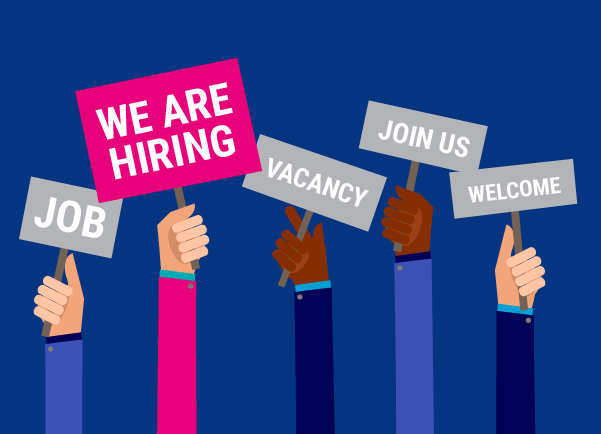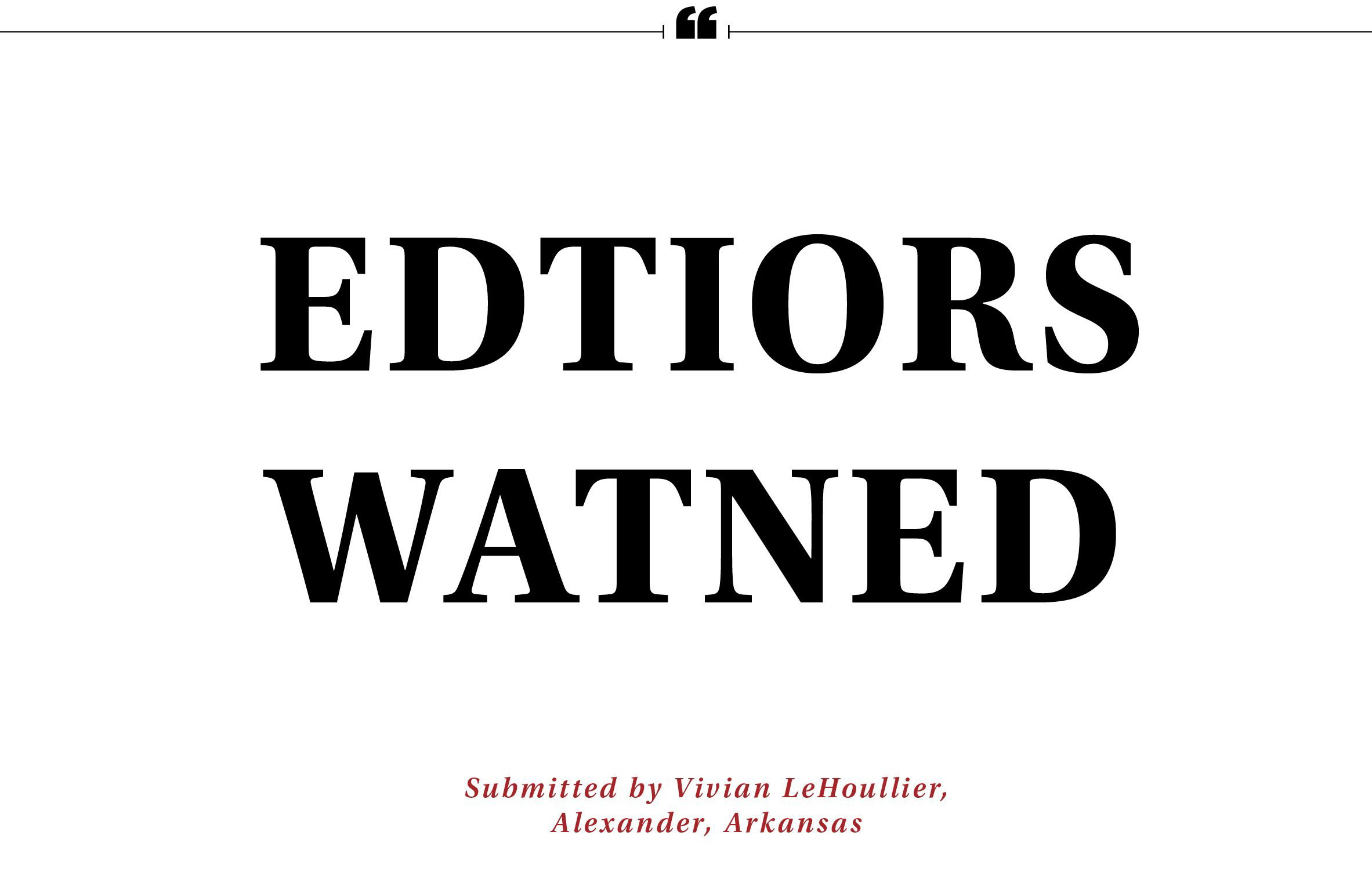Believe it or not, multitasking has some pretty big disadvantages.
You may think you’re getting more done by multitasking, but the truth is that you’re slowing yourself down.
Let’s take a look at some of the most common problems that come with multitasking and why it’s better to focus on one task at a time. We will also explore some of the benefits of single-tasking and offer some tips on how to make it work for you.
Poor time management
When you try to do too many things at once, you’re not giving any of them your full attention.
And that’s going to lead to mistakes and poor-quality work. This means you might be redoing more work than the original set you had.
Less productive than you think
Not only is multitasking less productive than you think, but it can also be draining.
When you try to do too many things at once, your brain is working overtime to try to focus on all of them. Constantly switching gears takes a lot of energy—energy that could be used more productively if you focused on one task at a time.
Can lead to information overload

Image Credits: unsplash.com
Imagine this: you’re in the middle of an important project, and you’ve got email notifications pinging left and right on your screen.
You’re trying to keep up with your work, but you keep getting pulled away by these little distractions. Pretty soon, you’ve got a dozen different windows open on your computer, and you’re completely overwhelmed.
You can’t focus on anything because you’re trying to do too many things at once. This is what’s known as information overload, and it can be a real productivity killer. In short, multitasking is not as productive as it seems.
So why not try focusing on one task at a time? You will be surprised at how much more you can get done when you’re not constantly jumping around.
How to focus on one thing at a time
Do you know that it takes about 20 minutes for your brain to get back into focus after you’ve been interrupted?
So if you’re constantly jumping from one task to another, you’re not giving anything your undivided attention and it’s going to show in the results.
The bottom line is that multitasking is not as productive as you might think. The best way to get things done is to focus on one task at a time and give it your all. Once that’s done, move on to the next task and repeat.
Multitasking might seem like the best way to get things done, but it’s not as effective as you might think. It takes more time to switch between tasks than it does to focus on one task at a time. Multitasking can also lead to mistakes since you’re not 100% focused on the task at hand. And finally, multitasking can be overwhelming, which can lead to productivity slowdown or even burnout. If you want to be more fruitful and achieve better results, focus on one task at a time. It might take a little bit longer, but you will be more efficient and less stressed.









